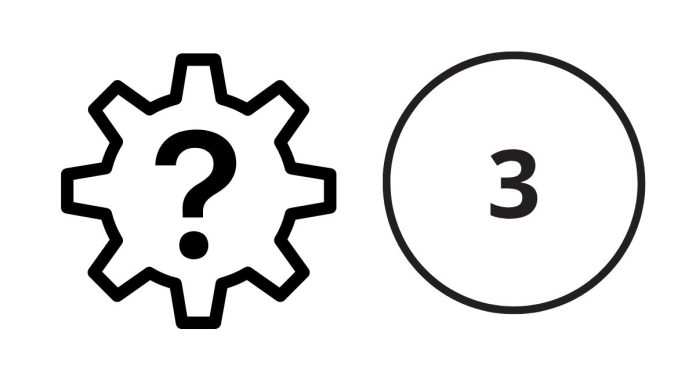How Do You Identify Three Elements and Three Compounds, and How Are They Different?
Understanding the distinction between elements and compounds is fundamental to chemistry. Both are essential building blocks of matter, yet they differ significantly in structure, composition, and properties. Let’s dive into the basics of identifying examples of elements and compounds and explore their differences.
Identifying Three Elements
Elements are pure substances that consist of only one type of atom. They cannot be broken down into simpler substances by chemical means. Examples include:
- Hydrogen (H): The lightest and most abundant element in the universe.
- Oxygen (O): A key element for respiration and combustion.
- Gold (Au): A precious metal known for its luster and conductivity.
Identifying Three Compounds
Compounds are substances formed when two or more elements chemically bond together in fixed proportions. They can be broken down into simpler substances through chemical reactions. Examples include:
- Water (H₂O): Composed of hydrogen and oxygen, it is essential for life.
- Carbon Dioxide (CO₂): A gas produced during respiration and combustion.
- Table Salt (NaCl): Formed by the chemical bonding of sodium and chlorine.
Key Differences Between Elements and Compounds
- Composition: Elements are made of only one type of atom, while compounds consist of two or more elements chemically bonded.
- Simplicity: Elements are simpler and cannot be chemically broken down, whereas compounds can be separated into their constituent elements.
- Properties: Compounds often have entirely different properties than the elements that make them. For example, sodium (a reactive metal) and chlorine (a poisonous gas) combine to form table salt, a stable and edible substance.
Why Is This Important?
Recognizing the differences between elements and compounds is essential for understanding chemical reactions, creating new materials, and studying the natural world. Whether analyzing the air we breathe or the food we eat, these concepts are foundational to scientific exploration.
Next time you encounter a substance, challenge yourself to classify it as an element or a compound. It’s a simple yet powerful way to deepen your appreciation for the materials that shape our world.


